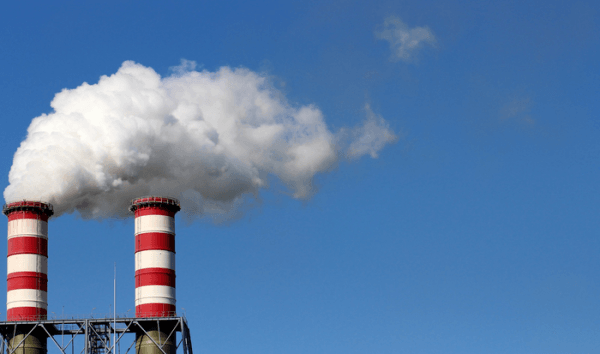Many traditional industrial processes generate heat that is normally released into the atmosphere but which could be reused. In production processes such as smelting, iron and steel, paper or cement, between 35 % and 50 % of the heat generated is lost. The efficient reuse of this industrial waste heat or its recovery for use in other processes displays a significant potential for increasing energy efficiency in industry. However, in order to design strategies for exploiting this potential, data on the quantity and flow characteristics of this industrial waste heat needs to be available. This information is not always easy to obtain and many companies do not even have a systematic record of the energy flows present in their production processes.
"In this work, four different methods are applied to determine the industrial waste heat recovery potential in the Autonomous Community of the Basque Country. These estimates are based on two reference indicators: fuel consumption (diesel and natural gas) and CO2 emissions," said Pello Larrinaga, a researcher in the UPV/EHU's ENEDI research group.
In order to conduct an energy study of this type, it is essential to create a user-friendly database that can be used as a calculation tool. An in-house database that includes data on energy consumption (diesel and natural gas), CO2 emissions, activity description, number of employees, turnover, company location, etc. has been developed in this work. "Knowing the distribution and intensity of the potential by zones is very useful in finding out the areas in which there is a high concentration of industrial waste heat so that recovery strategies or policies can be designed. We have observed that Bizkaia is the Basque province with the greatest potential. This is explained by the fact that Bizkaia has more energy-intensive industry than the other two provinces, where the industrial base has other characteristics: in Gipuzkoa there are many companies related to the manufacture of machine tools and the automotive auxiliary industry, sectors in which no significant data on industrial waste heat have been identified; in the case of Araba, the least populated province, the sources of waste heat are concentrated in very specific industrial areas," Larrinaga pointed out.
Read more at University of the Basque Country
Image: Many traditional industrial processes generate heat that is normally released into the atmosphere but which could be reused. (Credit: UPV/EHU)


